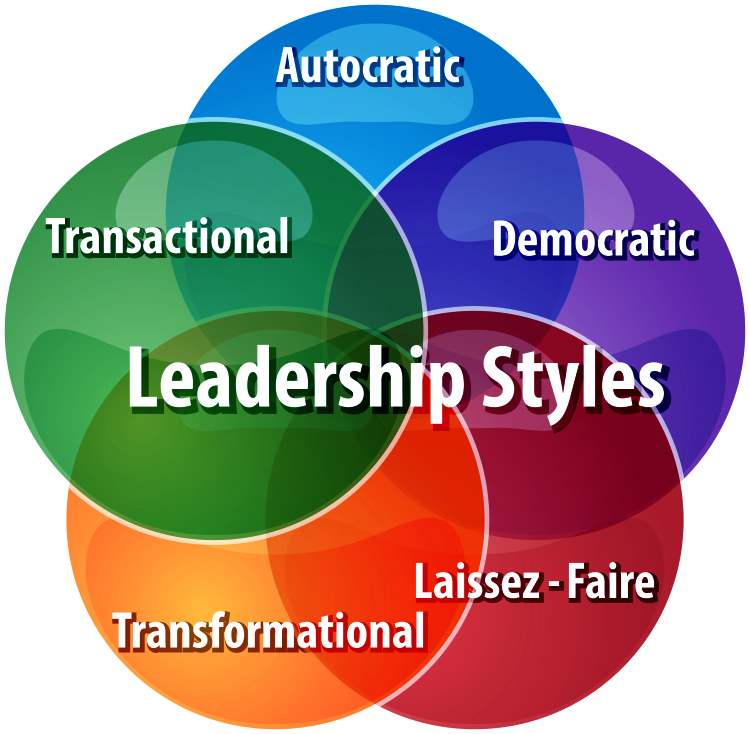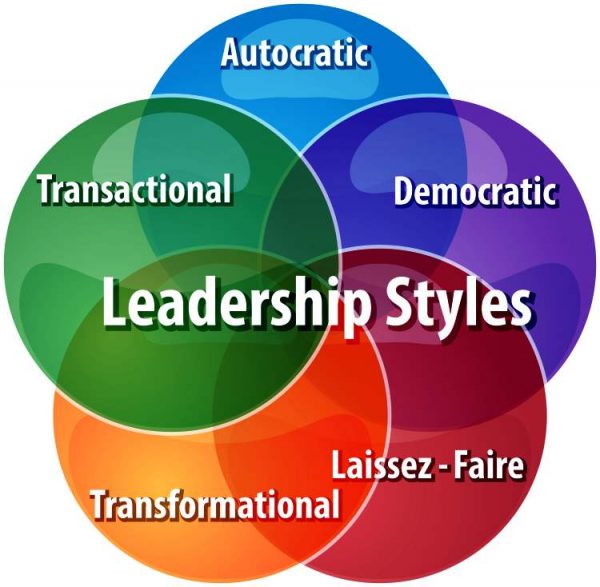Every leadership style or pattern has a substantial impact on the performance of their employees and this affects the performance of the employees and the organization at large, because certain leadership styles make it difficult for leaders to drive high-quality performance effectively. As a leader, your leadership style affects the motivation, effectiveness and productivity of employees, as different types of leadership styles generate different results.
Read more about Leadership
Sometimes, one leadership style might be at work in a certain department in an organization and another leadership style at work in other departments of the same organization. As a leader, it is important to understand how various leadership styles affect productivity, as this would help you analyze and adapt for effectiveness.
So many factors contribute to the leadership pattern at work in an organization. For example, so much responsibility on the shoulders of one person can result to a certain leadership pattern. In addition, a sudden shift in the market could take leaders’ attention away from the normal leadership pattern, leading to a drop in productivity.
Leaders can stabilize their own resources by adopting different leadership styles for different situations.
Autocratic Leadership System
The autocratic approach is useful only for driving short-term performance and works in departments where the team must achieve a particular goal within a specific period for company profitability. However, this form of leadership shouldn’t be dominant in any organization because it breeds fear among employees who might believe that any misstep can result in being fired.
Sign up for the Connect Nigeria daily newsletter
Authoritative leaders need to incorporate other styles such as coaching to help employees define goals and set standards and timelines for improvement to meet and exceed goals.
Democratic Leadership System
This form or pattern of leadership is effective in both the short term and the long term, and sometimes can be dominant in an organization. Most employees like this style because they feel valued, important and engaged in the success of the company.
However, sometimes employee input on major company decisions can be negative or may not result to company profitability. On the other hand, by soliciting for employee view or input can lead to resentment especially if their input or views were not implemented.
The democratic leadership style also creates confusion about the company’s direction because no one is sitting at the helm giving that direction and this negatively affects productivity. However, sometimes the feedback or input gotten by soliciting opinions from team members leads not only to higher productivity but also to higher morale.
Affiliative Leadership System
Register to attend the Connect Nigeria Business Mixer
This is a form of leadership that focuses on developing friendship and relationships between the team and the leader. This style creates a positive work environment where employees can effectively communicate how they feel to their leader; they also trust their leaders and share details about problems or issues in departments. However, sometimes as a result of the friendship created, the affiliative leadership style makes it difficult for managers to make disciplinary decisions, announce layoffs or bypass a friend for promotion. This style leads to a positive work environment in which creativity is encouraged.
Coaching Leadership Style
This form of leadership has a positive impact on morale and productivity of employees and team members. Leaders who coach not only encourage team members but also identify areas that could spur growth and work towards it together as a team. Here, employees feel good that their leader sets plans to help them improve rather than focus on negative qualities or performance problems, in other words, coaches invest in the success of the employees.
However, coaching doesn’t work if it isn’t consistent and done as a standard part of employee training and review.
In conclusion, there is no single best style of leadership, so as a leader, you should assess your goals and determine which style or combination of styles is right for the current situation. Different leadership styles suit different situations, and it’s important to understand how to implement the one that best fits the circumstances.
Featured Image Source: Boost Your Leadership Skills
Got a suggestion? Contact us: [email protected]


